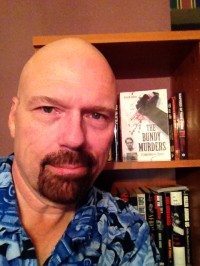 Several days ago I wrote an article about real evidence, and how those personal items of murder can have an impact on the one holding and viewing such evidence. Mostly, the reaction will be positive, but there will be times when a sense of repulsion will surface based solely on what is confronting you. In the case of Richard Chase, there was one item that really turned me off. But most of it was interesting and contributed to my research and overall understanding of the case. But in 2005, real evidence would be the catalyst that would cause me to write a book I had no intention of writing.
Several days ago I wrote an article about real evidence, and how those personal items of murder can have an impact on the one holding and viewing such evidence. Mostly, the reaction will be positive, but there will be times when a sense of repulsion will surface based solely on what is confronting you. In the case of Richard Chase, there was one item that really turned me off. But most of it was interesting and contributed to my research and overall understanding of the case. But in 2005, real evidence would be the catalyst that would cause me to write a book I had no intention of writing.
What follows is from my book, The Bundy Murders: A Comprehensive History:
In March of 2005 I received a call from my friend, Jim Massie, who invited me to have dinner with him and retired detective Jerry Thompson, formerly of the Salt Lake County Sheriff’s Office. I quickly accepted his offer for I was already aware of Thompson’s role in the Bundy case from the scant reading I had done about the murders and my conversations with Jim. Massie, a probation and parole officer with the state of Kentucky, had by this time been friends with Jerry for almost twenty years, so I knew the meeting would be quite interesting. What I didn’t know, but would soon find out, was how surreal our time together would be, and how the direction of my life, at least in a literary sense, would be altered by this crossing of paths with the retired homicide investigator from Utah. When the Thompsons arrived in Louisville in the afternoon of May 29, 2005, Jim called to tell me where we’d be having dinner and when. No sooner had I said, “Great” than he interrupted me by saying, “He brought the bag…”
The bag Jim was telling me about was none other than the actual murder kit of Ted Bundy. As lead detective in the Bundy case for Utah, Jerry has had the murder kit since Bundy’s arrest in 1975, and after the killer was put to death in 1989, he was allowed to keep it as teaching tools for law seminars. The kit, which is a brown leather satchel, contained a ski mask, ice pick, flash light, rope, electrical cord (this was used for choking his victims), and strips of cloth for the binding of hands and feet. Also in the kit was an opened box of Glad trash bags (several bags were missing), and Bundy used these to discard the clothes and other personal items of the women. At one time, the kit also contained a crowbar and handcuffs (now in the Utah court system) and a pantyhose mask, most likely now housed in the Florida State Archives.
Seeing and handling these items was one of the most surreal experiences of my life. Indeed, before Jerry returned to Utah I was allowed to bring the murder kit to my home to photograph everything, and the retired detective, just prior to leaving Louisville, gave Jim and me one of the Glad bags from Ted’s VW. I must admit, I was absolutely amazed at what had transpired during my time of meeting and getting to know Jerry Thompson and it was only natural that I would write an article about it for Snitch, a weekly print newspaper that at one time was published in five states, but was then running editions in Louisville and Lexington, Kentucky only.
And yet, it just refused to end there.
Soon a hunger to know more about the case took over my life, and as that hunger grew, it wasn’t long before I knew without doubt I was supposed to write a book about Ted Bundy and his many victims. Sure, I knew other books had been written about the case, but sometimes you just need to do what you know internally you need to do, and the rest will fall into place. It’s almost like a sixth sense, and I had it big time. And despite the negative comments of some, I began gathering the all-important case files from the various states where Bundy had murdered, and the contacting of many of the important figures of the case: retired investigators, attorneys, psychologists, and those who knew and worked with Ted Bundy. And before I was halfway through the book, I was discovering new and previously unpublished information on several of the murders, as well as many new things about the case in general. I must admit, it was very gratifying to see the book come together in such a unique way, and, based on this as well as other aspects of the book, I was able to sell it to a publisher within three weeks of shopping it around.
And to think, all of this came about because I had Ted Bundy’s murder kit come into my personal little world for a very brief time.
Kevin Sullivan is the author of The Bundy Murders: A Comprehensive History and the new WildBlue Press release, Vampire: The Richard Chase Murders
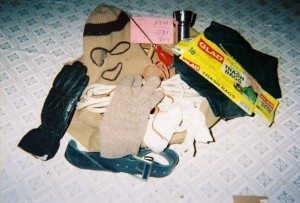
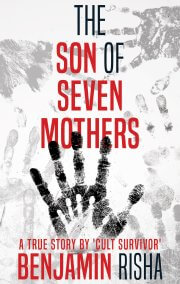

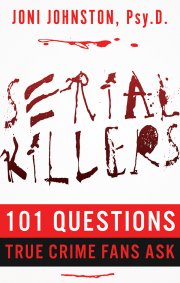
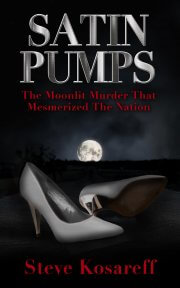
 Join our email list
Join our email list
Leave a Reply